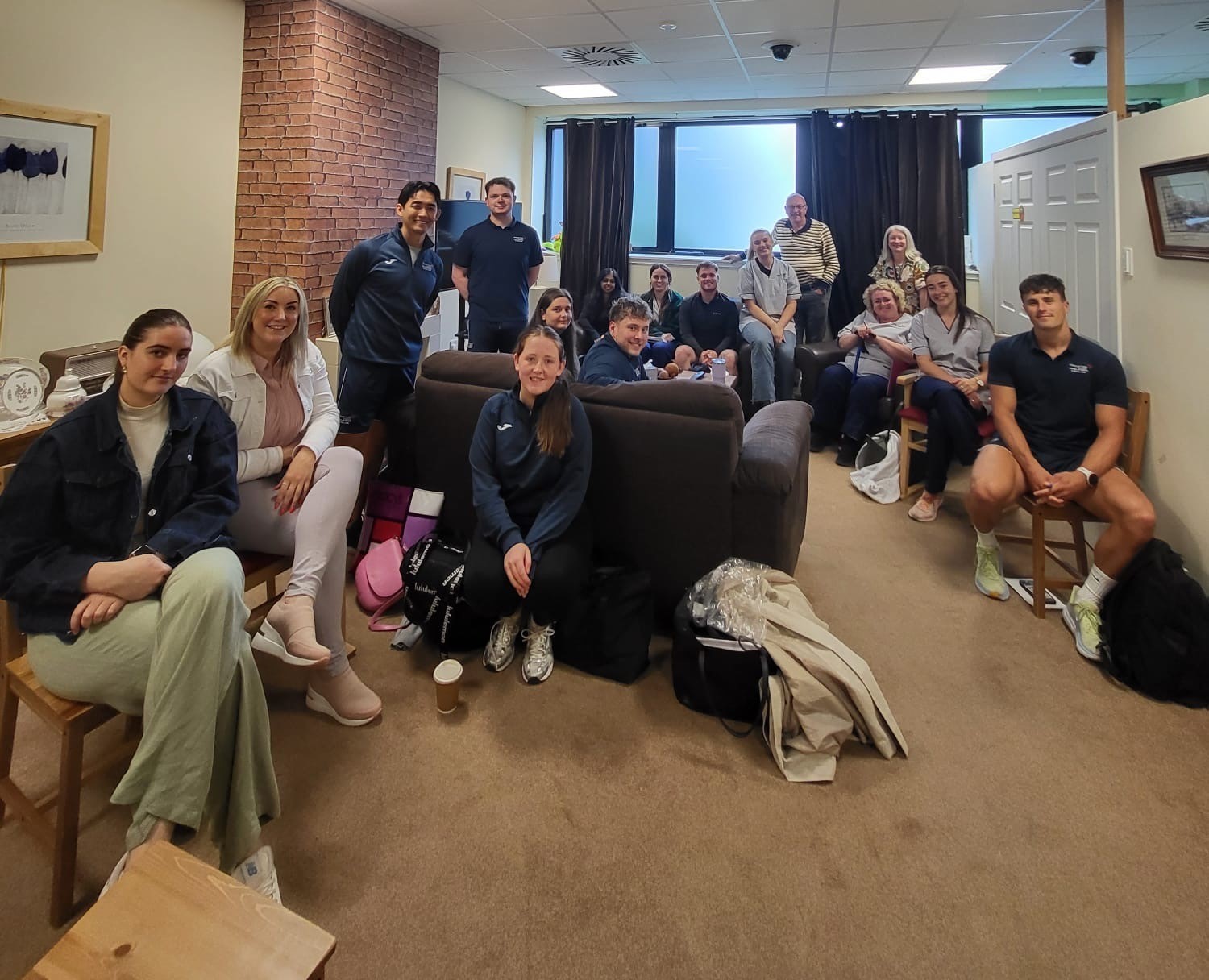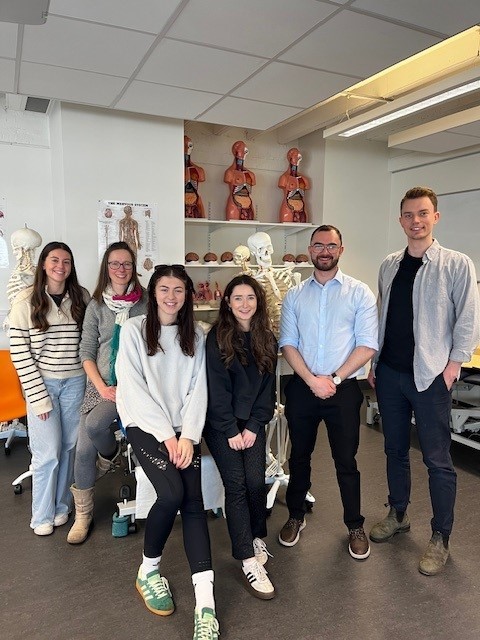Interprofessional Simulation: Measuring Impact

Allied Health, Occupational Therapy, Physiotherapy, Practice Learning Experiences, Research, Simulation
Simulation-based learning (SBL) in healthcare, replaces real clinical scenarios with immersive and interactive guided experiences, allowing participants the chance to practice in a safe environment. It is established as a valuable technique, bridging the gap between classroom and clinic, helping students to gain the necessary knowledge skills, and behaviours required as a healthcare professional. Using simulated patient actors and high-fidelity manikins, simulation promotes confidence and competence, resulting in better patient care.
Our MSc Physiotherapy (pre-reg) programme has been employing simulation to prepare students for clinical placement with encouraging results. 67% of our students agreed that “simulation is a realistic authentic effective way to prepare students for placement” and “if I had not had the experience of simulation, I would been less effective and more unsure on placement.”
Developing interprofessional practice is a key principle within our curricula, due to the complex nature of modern healthcare systems. Holistic person-centered care may require teamwork with multiple professions across different settings. Learning alongside our AHP colleagues in Napier and participating in simulations together, galvanised an understanding of our unique, and complimentary roles as well as promoting mutual respect through a collaborative approach.
MSc Physiotherapy and MSc Occupational Therapy students have worked together in 4 simulated scenarios.

In the clinical skills centre, the realistic home environment “Shelter” was the setting for a community case, where the students met to set joint goals, after the home assessment of a patient with Multiple Sclerosis. A family meeting with a patient and carer, with complex needs, allowed the students to practice their communication skills and joint planning. This was filmed as part of a self-reflection assignment appraising communication and body language during an interprofessional consultation. A simulated team meeting on the ward, where the professionals discussed a challenging discharge, exposed the students’ biases, and explored their shared understanding of their roles. The Physiotherapy students were lucky to have the chance to assess an athlete’s knee injury, where the simulated patients (SPs)were Occupational therapy students from the year above. The SPs valued the opportunity to feel what it was like to be the patient and gained a deeper understanding of how to communicate, handle, and educate within a consultation. They will use this new insight to change their own practice.
Measuring the impact of these Interprofessional simulations included student scores before and after the experience. The “Interprofessional Collaborative Competencies Attainment Scale” showed an average improvement of 23% following the simulated discharge meeting.
61% of students agreed and 32% strongly agreed that after the simulated family meeting, they had a greater awareness and understanding of each other’s roles.
Student comments about the interprofessional simulations include, “…gave me confidence pre-placement.” “I now know how I will do it differently next time.“ “…good to learn from different people with their different experiences and knowledge.” “more in tune with how I articulate myself regarding my role and why I do what I do.”
In 2025, the MSW Social Work programme hopes their students can join one of these interprofessional simulations and the Physiotherapy students hope to join the nursing students in one of their ward simulations. The School is continuing their plans for interprofessional learning week, to include nursing, midwifery, and AHPs working together. Learning about with and from, is the way it should be.
Written by:
Physiotherapy Lead for Simulation Based Learning